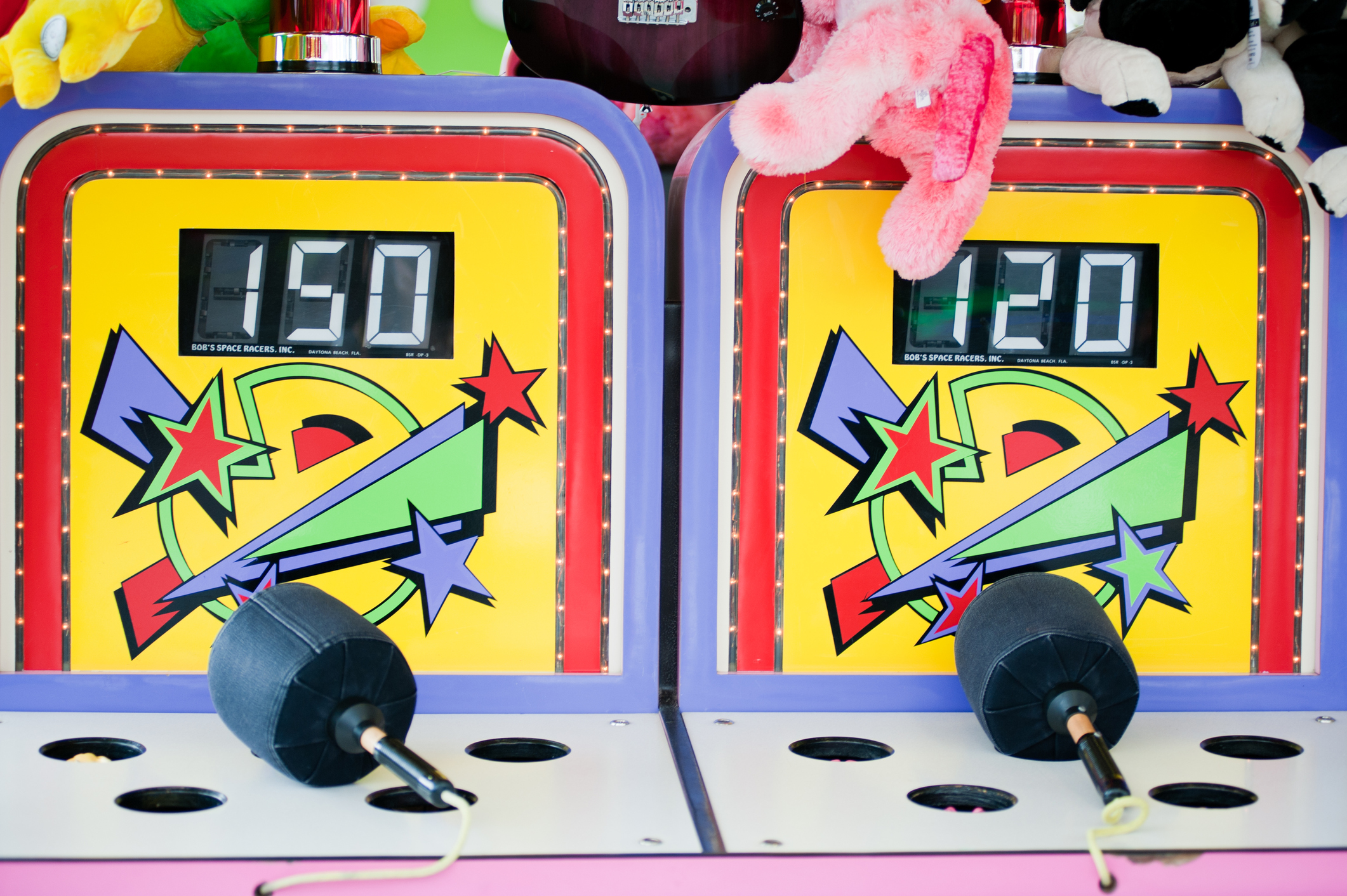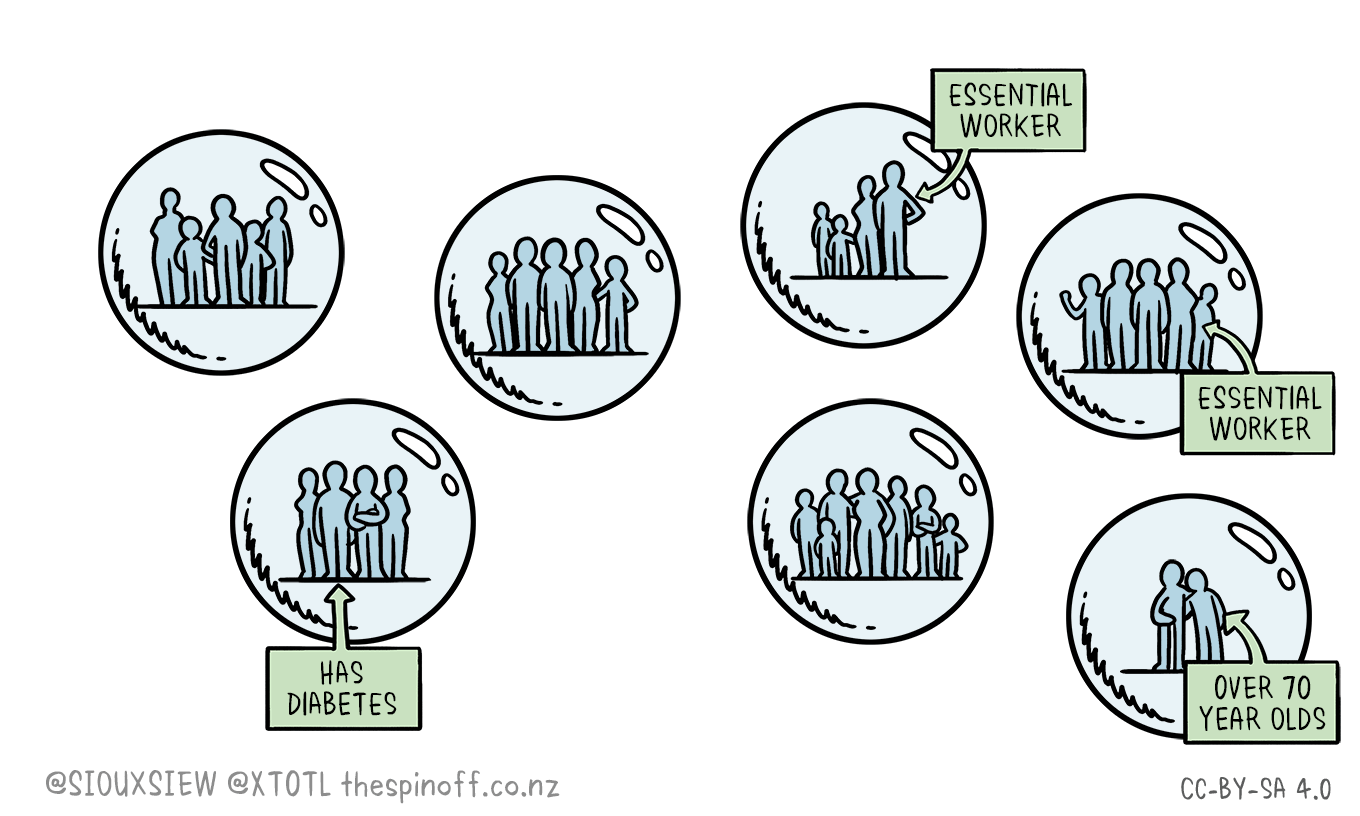A New Zealand expert says Melbourne’s stage 4 lockdown should cover all of Victoria, to avoid having to do it all again in a few months' time.
The restrictions in place for metropolitan Melbourne now are in some ways stricter than those that were in force during New Zealand’s COVID-19 lockdown.
A curfew is in place and most people have to wear masks when they leave their home – neither of which happened in New Zealand.
But the state of Victoria has lost valuable time to bring the outbreak under control. Stage 3 restrictions that came into force on July 8 for everyone living in metropolitan Melbourne and the Mitchell Shire provided too many opportunities for the virus to spread. As a result, there are now around 7,000 active cases, and still several hundred new cases each day. For more than 2,000 cases, contact tracers don’t yet know where people were exposed to the virus.
My major concern with Victoria’s approach is that cases outside Melbourne will continue to grow under stage 3 restrictions. The sad reality is that the more opportunities the virus has to spread from person to person, the harder it will be to stop community transmission.
Putting the entire state under stage 4 restrictions would give Victoria the best chance of success, rather than setting it up to play an endless game of COVID-19 whack-a-mole.
Metropolitan Melbourne stage 4 lockdown |
New Zealand level 4 lockdown
|
|
| Compulsory face masks | Yes – all Victorians must now wear a face covering when they leave home. | No. |
| Curfew | Curfew from 8pm to 5am. | No. |
| Takeaway food | Yes, you can still get takeaway food or drink within metro Melbourne, but you can only pick it up if it is within 5 km from your home. Restaurants and cafes can also deliver food. | No, restaurants and takeaway shops were closed. |
| Open for business | Many non-essential businesses closed, or significantly scaled down from Thursday. Essential services include: supermarkets, grocery stores, maternity services, pharmacies, bottle shops, banks, newsagencies, post offices, power and water, emergency services, news media. | All non-essential businesses closed. Essential services included: supermarkets, banks, pharmacies, power and water, emergency services, vets, NZ Post, news media. |
| Social distancing | No visitors at home. Physical distancing means at least 2m from other people at all times. You can still visit an intimate partner, even if they live more than 5km away. Shared parenting arrangements, both formal and informal, can continue for children. | Contact only within a designated ‘bubble’ (meaning in-person contact with people in your household; no contact with any people outside your household). Physical distancing meant at least 2m from other people at all times. Children in shared custody arrangements could move between two households if they are in the same community. |
| Funerals | You can still attend a funeral with up to 10 people. Attending a funeral is a permitted reason to leave home and also leave metro Melbourne. | Gatherings not permitted, including funerals. People from the same self-isolation bubble as the deceased could go to the funeral home and cemetery, but only within the same region. |
| Exercise | Yes. Exercise outside the home is limited to a maximum of one hour per day, with only one other person allowed to exercise with you. | Yes. Safe recreational activity was allowed in the local area, with no time limit. |
| Education | All schools across Victoria will return to remote learning from Wednesday August 5, with exceptions for vulnerable students and children of essential workers. | Early learning services, schools, and tertiary education providers closed. |
There is a major difference in how Australia and New Zealand approached COVID-19 when it first emerged. New Zealand decided on an elimination strategy, while Australia took the suppression path. It meant Australia could be looser with their earlier restrictions and relax them more quickly.
In March, New Zealanders entered an alert level 4 lockdown, aimed at stopping community transmission of the virus altogether. And it worked. In contrast, the goal of Australia’s suppression strategy was to lower community transmission to some manageable level.
Between early April and the middle of June, new case numbers in the state of Victoria were between one and 20 each day, including some cases of community transmission. But they began to rise again from the end of June.
How asking people to stick to their ‘bubble’ could help
During New Zealand’s alert level 4, our households became “bubbles”.
There were no funerals and we couldn’t get takeaways. Bakeries and butchers were closed. Construction was shut down unless the work was needed to make a building safe.
The bubble concept helped people to restrict their contact to those within a home or between households with shared care arrangements. It reinforced that any contact with people from another bubble would provide an opportunity for the virus to spread.
Even under Melbourne’s stage 4 lockdown rules, that message of choosing a bubble at the start of lockdown and trying hard to stick to it could be a helpful addition to Victoria’s health messaging.
While announcing the new business restrictions for Melbourne and regional Victoria yesterday, the Victorian premier Daniel Andrews was asked about how his lockdown rules compared to New Zealand – and he replied that “this is a uniquely Australian and Victorian approach”, adding: “If you look at what New Zealand did, they went a fair bit further than this.”
And in many ways he’s right: while Melbourne has a curfew and compulsory mask wearing, it’s not closing as many non-essential businesses or restricting people’s movement for things like takeaways as strictly as New Zealand did in level 4 lockdown.
While Victoria and New Zealand have similar populations, no one should pretend that one country’s strategy is the perfect solution for another. Victoria today is at a very different stage to New Zealand a few months ago.
New Zealand went into lockdown with just 102 confirmed cases and no known deaths. Compare that to about 7,000 active cases for Victoria right now. That’s why I think it’s all the more important to make the stage 4 lockdown state-wide. Without it, Victoria runs a very high risk of having to do it all again in a few months’ time.
Siouxsie Wiles is an associate professor in microbiology and infectious diseases at the University of Auckland.
This piece was first published at The Conversation.



